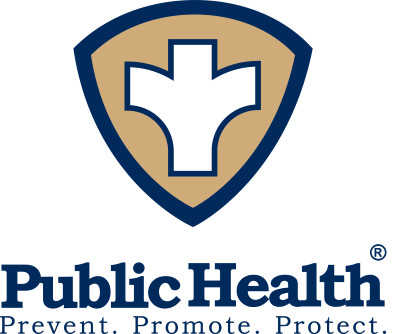Your advice can go a long way in motivating and supporting your patient, client, or employee through their journey to quit tobacco and nicotine products. In the Advise step of the Ask-Advise-Refer framework, the goal is to increase an individual’s understanding of the health, social, and financial benefits of quitting and the support available to them.
Using non-judgmental language, deliver a message that is clear, strong, and personalized. Indicate that you are here to support the individual in their decision to quit, and you are available to connect them to resources. Click on the adjectives below to see suggested language you can use when advising individuals against tobacco use:
Clear
- “It’s important that you quit smoking, vaping, or using other tobacco and nicotine products. I can help you.”
- “Cutting down on smoking while you are ill is not enough.”
- “Occasional or light smoking is still dangerous.”
Strong
- “The most important thing you can do to improve your health is to quit smoking, and I can help. Are you willing to quit within the next 30 days?”
- “No amount of tobacco use is safe.”
Personalized
Recall the 5 R’s that were discussed in the Ask step of the Ask-Advise-Refer framework. When offering advice, it is important to use relevant language that targets an individual’s concerns over risks, rewards, and roadblocks to their journey to quit. Relate tobacco use to current symptoms, long-term health concerns, social implications, financial costs, and/or the impact of tobacco use on children and others in the household. 1https://www.ncbi.nlm.nih.gov/pmc/articles/PMC4465757/
- “Continuing to smoke makes your asthma worse. Quitting may dramatically improve your lung health.”
- “Quitting smoking may reduce the number of ear infections your child has.”
- “In as little as 20 minutes, your heart rate drops to a normal level. In 12 hours, the carbon monoxide level in your blood drops to a normal level. In 2 weeks to 3 months, lung function begins to improve. In 1 to 9 months, coughing and shortness of breath begin to decrease. In 1 year, your risk of coronary heart disease is half that of a smoker’s. In 5 to 15 years, your risk of having a stroke is reduced to that of a non-smoker’s.” (American Lung Association)
Individuals who are unwilling to make a quit attempt may:
- Lack information about the harmful effects of tobacco use (including e-cigarettes)
- Lack information about the benefits
- Have fears or concerns about quitting
- Be demoralized due to a previous relapse
|
Why is it so hard to quit? Quitting tobacco and nicotine products and maintaining abstinence is a learning process – not a single event. Individuals must unlearn the physical, mental, and social behaviors and patterns associated with their tobacco use. The American Lung Association has created the “Three-Link Chain of Addiction” to describe the challenges associated with quitting. 2https://www.lung.org/getmedia/f78cdca7-a2a9-4bf2-b515-6c7560b98fd9/why-it-s-hard-to-quit_quick-reference-guide Psychological (Mental) Link of Addiction Sociocultural (Social and Cultural) Link of Addiction Biological (Physical) Link of Addiction |
Not everyone will be ready to quit. If an individual is not ready to quit or make a change, leave the door open to future conversation and let them know that you will be there to support them when they are ready. In this situation, you might advise the individual: “I feel strongly about tobacco use and its effect on your health. I understand that quitting can be hard, but I am here to support you. I will ask you about it again the next time I see you.”
If an individual is ready to quit, you can ask them if they would be interested in receiving free support from the Illinois Tobacco Quitline.
